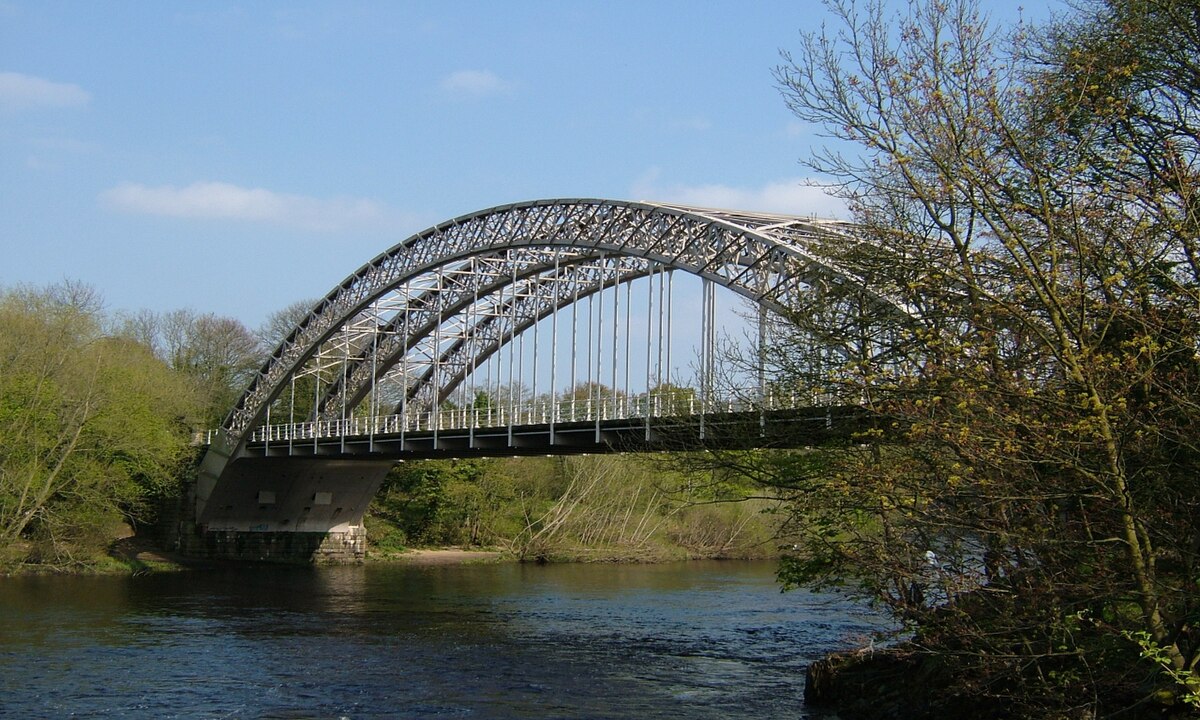The journey from Newcastle’s Quayside to the picturesque village of Wylam is a delightful exploration of the River Tyne’s scenic beauty, historic landmarks, and the transition from urban bustle to idyllic countryside. This route, tracing the river’s course, offers a captivating blend of cultural richness and natural serenity.
Starting at the Quayside, the bustling heart of Newcastle upon Tyne, you find yourself surrounded by a vibrant mix of modern architecture and historic buildings. The iconic Tyne Bridge spans the river, connecting Newcastle with Gateshead. The Quayside is a lively area with restaurants, bars, and cultural attractions such as the BALTIC Centre for Contemporary Art and the Sage Gateshead. As you walk along the riverbanks, you can enjoy the view of the bridges, including the Millennium Bridge, with its distinctive tilting mechanism.
The path along the Quayside gradually leads you away from the urban landscape, offering glimpses of the industrial heritage that once defined the riverbanks. You might pass by the historic Ouseburn Valley, known for its creative arts scene and historic pubs. The route provides a unique perspective on Newcastle’s transformation from an industrial powerhouse to a modern cultural hub.
Continuing westward, the scenery begins to shift as you leave the city behind. The urban sprawl gives way to lush greenery, and the riverbanks become more serene. This transition sets the stage for the next phase of the journey, as the landscape evolves into the picturesque countryside en route to Wylam.
Wylam, a charming village situated along the banks of the River Tyne, holds historical significance as the birthplace of George Stephenson, the “Father of Railways.” Wylam is a quintessential English village with quaint cottages, a village green, and the peaceful ambiance of rural life. The George Stephenson Birthplace Museum celebrates the life and achievements of this pioneering engineer.
As you approach Wylam, the contrast between the urban beginnings and the tranquil destination becomes pronounced. The village’s historic bridges, such as Wylam Bridge and the railway bridge, add character to the landscape. Wylam’s railway heritage is further evident in the presence of the preserved Wylam Railway Bridge, which once carried coal trains across the Tyne.
Exploring Wylam offers a chance to unwind in a pastoral setting. You can visit the local pubs, walk along the riverbanks, or explore the village’s historical sites. The proximity to George Stephenson’s birthplace adds an educational element to the visit, allowing you to delve into the roots of the Industrial Revolution.
The journey from Quayside to Wylam, therefore, is a narrative that unfolds across the layers of Newcastle’s urban vibrancy, the river’s industrial history, and the tranquil charm of a countryside village. It’s a testament to the dynamic character of the River Tyne, providing a diverse and enriching experience for those seeking a blend of culture, history, and natural beauty.



